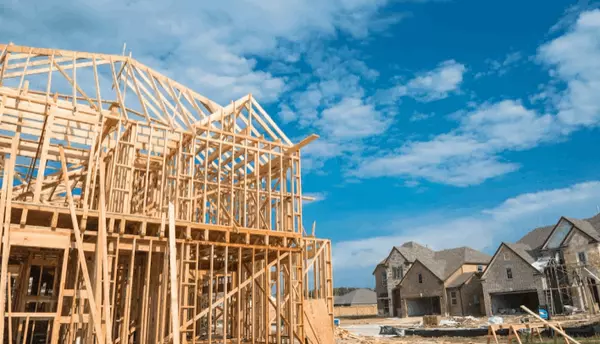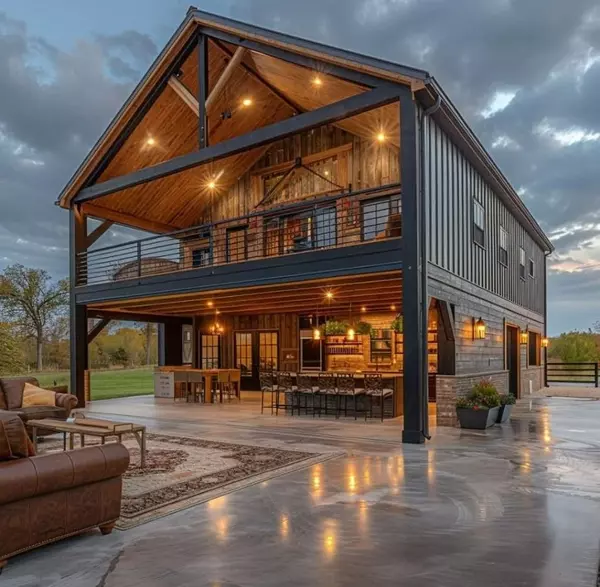Why Fall and Winter Are the Perfect Seasons for a Home Inspection

Why Fall and Winter Are the Perfect Seasons for a Home Inspection
*Scroll down to get the free guide on "How to Winterize Your Home"
When most people think about buying a home, spring and summer come to mind. However, fall and winter offer a unique opportunity to inspect a property under conditions that can reveal potential issues not always visible in warmer months. Here’s why the colder seasons can be ideal for inspecting and evaluating a home.
Spot Heating and Insulation Issues
Colder weather makes it much easier to spot heating and insulation problems. During a fall or winter inspection, you can quickly determine if a home’s heating system is efficient and if there are any cold spots indicating poor insulation. This is essential for keeping future energy costs down and ensuring a comfortable indoor environment.
- Uneven heating in rooms
- Drafts around doors and windows
- Temperature inconsistencies across different areas
Assess Roof and Gutter Health
Fall and winter elements put roofing materials to the test. Rain, snow, and even fallen leaves can reveal whether a roof has leaks, damaged shingles, or clogged gutters. Catching these issues now can help avoid costly repairs down the line and ensure your home stays protected from water damage.
- Water spots or staining on ceilings
- Leaks around skylights and chimneys
- Overflowing or clogged gutters
Evaluate Drainage and Foundation Stability
Heavy rain and melting snow show how well a home’s drainage system works and whether the foundation has any issues with water seepage. Inspecting during this season can give a clear view of any pooling or drainage problems that may not be evident in drier months. Proper drainage is essential for avoiding erosion, foundation damage, and basement flooding.
- Water pooling near the foundation
- Damp or wet areas in the basement or crawlspace
- Cracks in the foundation or exterior walls
Test Window and Door Seals
The cold season can highlight drafts and air leaks around doors and windows, helping identify areas that need weatherproofing. Sealing these leaks can improve energy efficiency, lower heating bills, and increase overall comfort.
- Drafts or noticeable cold air coming through frames
- Condensation on windowpanes
- Difficulty opening and closing doors or windows
Inspecting During Low-Activity Seasons Allows More Attention to Detail
With fewer buyers looking at homes during fall and winter, inspectors often have more flexibility to schedule and conduct thorough inspections. Additionally, contractors may have more availability to address any issues, often at lower prices than in peak season.
Understanding the True Light Levels
Winter can reveal how much natural light the home gets during the shortest, often cloudiest days of the year. Knowing this can give you a realistic view of the lighting conditions and may highlight areas that could benefit from additional lighting solutions.
Conclusion
Inspecting a home during fall and winter provides valuable insights into its performance under colder, wetter conditions. Identifying and addressing issues during these seasons can help prevent costly repairs and improve your home’s energy efficiency. So, if you're considering buying or just want to check on your current home, now is a perfect time.
DOWNLOAD NOW...How To Winterize Your Home
Categories
- All Blogs (80)
- Agent (3)
- Appraisal (1)
- Buyers (23)
- Educational (4)
- Escrow (1)
- FHA (3)
- Financing (4)
- First time homebuyer (6)
- Home Buying Criteria (3)
- Homeowners (6)
- Loans (2)
- Market Conditions (19)
- Miscellaneous (4)
- Multiple Offers (2)
- NAR (1)
- Negotiation (2)
- Offers (2)
- School Districts (1)
- Sellers (28)
- Selling (32)
- Staging (3)
- Tips (11)
- Title (1)
- Utilities (4)
- Videos (1)
Recent Posts










GET MORE INFORMATION


